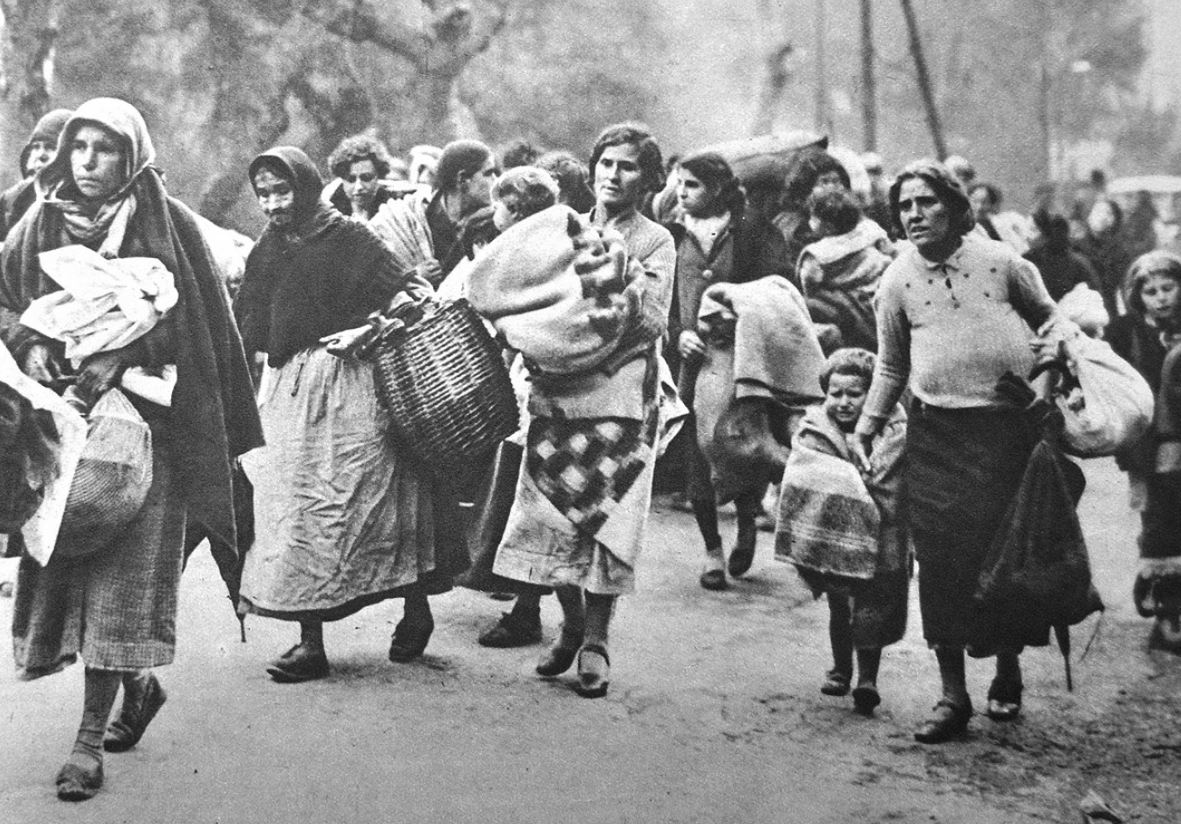How has the use of Catalan and Spanish been inherited in France, after the republican exile?: this is analysed by the UPF project HERITAGE
How has the use of Catalan and Spanish been inherited in France, after the republican exile?: this is analysed by the UPF project HERITAGE
France was the country to receive the most migrants and exiles from Catalonia and Spain in the wake of the Spanish Civil War (1936-1939), many of whom stayed there to live. The HERITAGE project, at the UPF Department of Translation and Language Sciences, analyses the characteristics of Catalan and Spanish as inherited languages in this country.

France was the country to receive the most migrants and exiles from Catalonia and Spain in the wake of the Spanish Civil War (1936-1939) and at the start of the Franco dictatorship. Many of them stayed there and had children in France, to whom, in many cases, they also transmitted Catalan or Spanish. This is one of the reasons that has led UPF researcher Sílvia Perpiñán to undertake a research project to study the characteristics of Catalan and Spanish as languages
Through the HERITAGE project (Preserving Linguistic Heritage: Spanish and Catalan as Heritage Languages in France), she will analyse how the descendants of people who emigrated to the neighbouring country speak Catalan and Spanish. The principal investigator of the project, Sílvia Perpiñán, is a member of the ALLENCAM (Language Acquisition from Multilingual Catalonia) research group at the UPF Department of Translation and Language Sciences. The project, which has just begun and will run until April 2026, enjoys a subsidy of 146,527 euros from the Research Consolidation Grants of the State Research Agency.
“In the post-war context of France, both the Catalan and Spanish languages were new arrivals, reduced to the family sphere or small neighbourhood communities, but their social use was never strong, which put them on an equal footing as minority languages. The goal of HERITAGE is precisely to study the transmission of the two languages in the neighbouring country, in a context in which neither is official and both are subject to the dominance of French”, Perpiñán explains. An important research question that this study seeks to answer is whether the Catalan inherited in France is also influenced by Spanish, or if it develops independently.
Also of particular relevance is to study the heritage of Catalan and Spanish in the country that received the largest number of exiles or migrants from Catalonia and from all over the State after the Spanish Civil War (1936-1939). In 1939 alone, up to 465,000 people emigrated to the neighbouring country and it is estimated that half of them continued to live in France and that, in many cases, they transmitted their native languages to their descendants. Specifically, in 1968, 607,000 people from families originating from Catalonia and Spain were still living in France. Even today, some recognized figures of French society and politics are of such provenance. These are the paradigmatic cases of Anne Hidalgo, current mayor of Paris, or Manuel Valls, former prime minister of France.
Did sociological or linguistic factors have a greater influence on the heritage of Catalan and Spanish in France?
Thus, the influence of sociological factors with respect to linguists in the development and retention of Catalan and Spanish as family languages can be better discerned. From a linguistic point of view, the researchers wish to examine how the fact that the official language of the country is also a Romance language influences the process of language inheritance. From a sociological point of view, it is important to find out how the level of cultural proximity of the territories of the different linguistic domains (in this case, Catalan, Spanish and French) influences this process and how the prestige of each language has an impact on its development and maintenance.
Another particularity of this research project is that it will focus on the use of Catalan and Spanish in France among the adult population (the baby boom generation) who have inherited these languages, an age segment scarcely analysed to date in studies on the subject. To analyse how this population group uses their family language, the collection of oral testimonies will be combined with psycholinguistic data on language processing, such as reaction time and eye movement.
What differentiates a native speaker from one who has inherited the language abroad?
The HERITAGE project also aims to delve into several fundamental research topics in the field of linguistics and language acquisition. Studies on heritage languages -languages that migrants transmit to their children in the host country- mostly show that these speakers’ language proficiency, despite being the language acquired at home from birth, does not reach similar levels of proficiency to those of their parents or other speakers in the country of origin. This leads us to question what a mother tongue is, what characterizes a native speaker, and what conditions are necessary to develop a language. Factors that are typically ignored in the study of first language acquisition such as the age of onset of bilingualism, the impact of schooling or the continued use of the mother tongue throughout life play a fundamental role in these cases. It can also help detect vulnerabilities in the structure of a language system and even predict language change synchronously, as these situations of languages in contact speed up changes that would normally take several generations to occur.
